A trip to India is like stepping into a world of vibrant contrasts – where ancient temples stand beside cutting-edge tech hubs, and sacred rituals unfold amid the chaos of city traffic. From jaw-dropping mountain ranges to peaceful countryside and sun-soaked beaches, India is a place that captivates, surprises, and sometimes overwhelms. As a recent first-time visitor, I experienced all of those emotions. It’s truly a sensory overload, unlike anywhere else I’ve been.
After spending six weeks exploring the country, I’ve compiled these 12 essential India travel tips to help you make the most of your first visit and navigate the culture shock, stay safe, and fully embrace the experience.
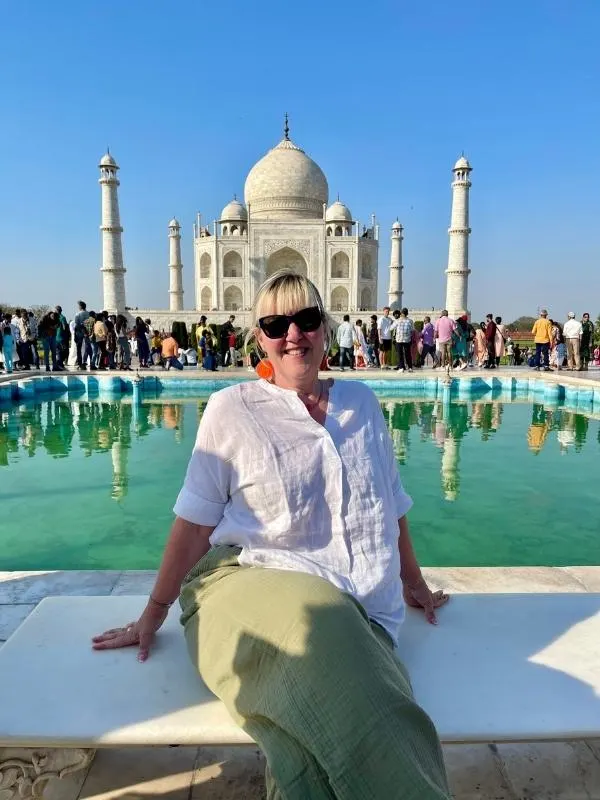
Table of Contents
12 Essential India Travel Tips
1. Get Your Visa Sorted in Advance 🛂
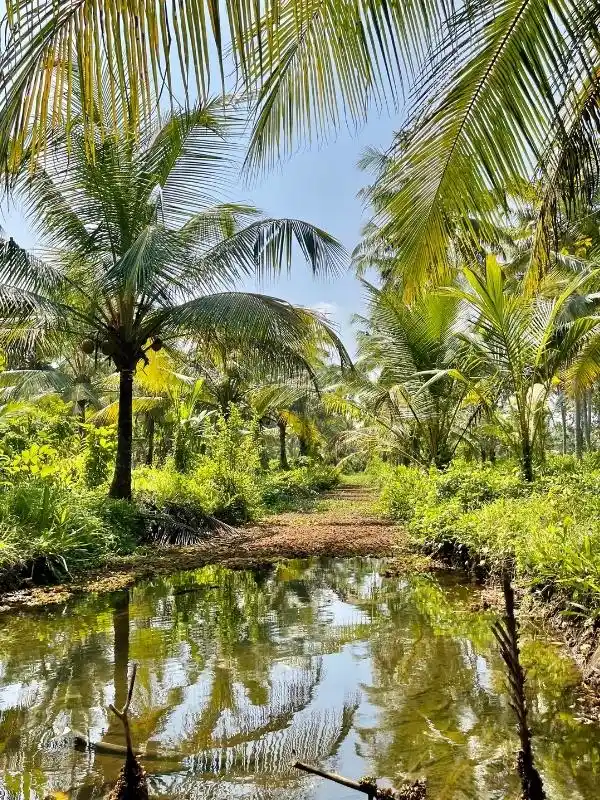
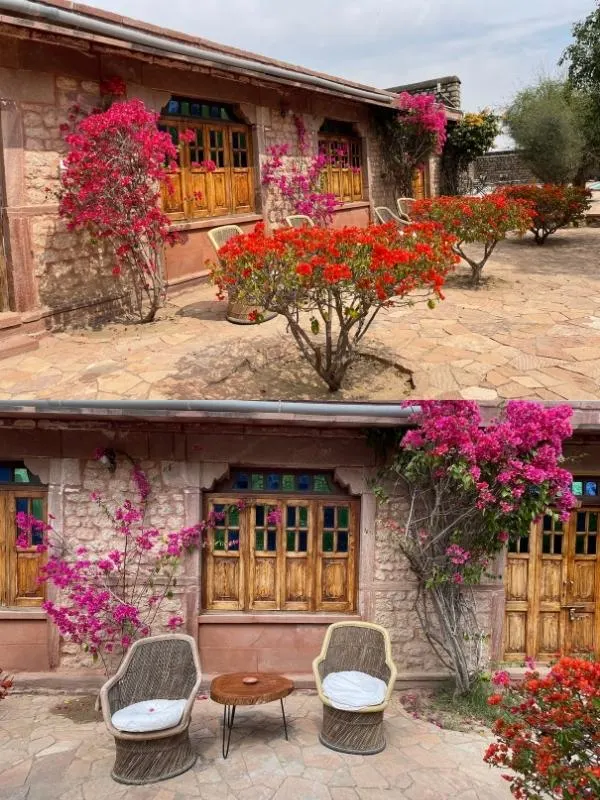
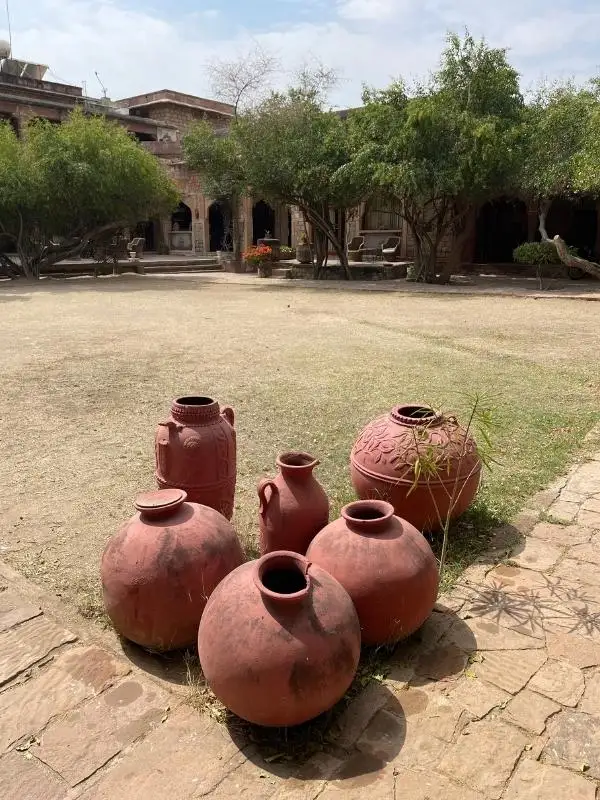
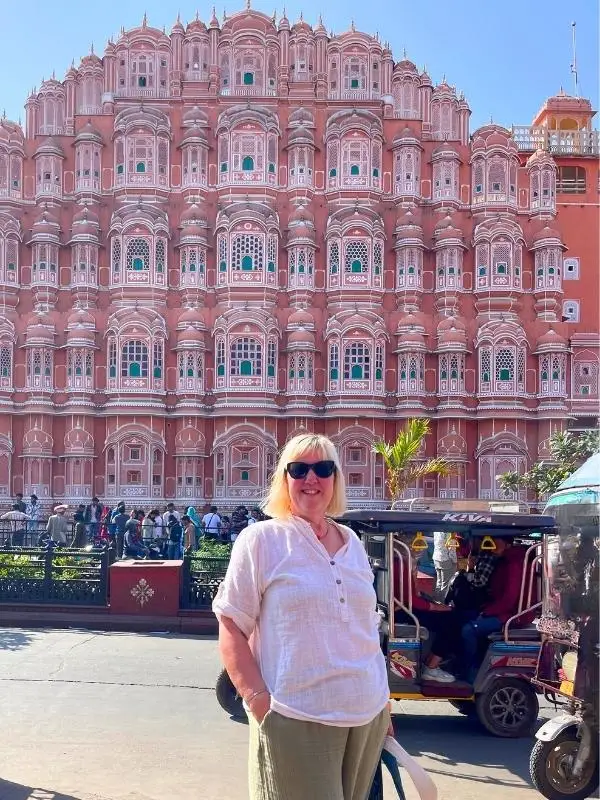

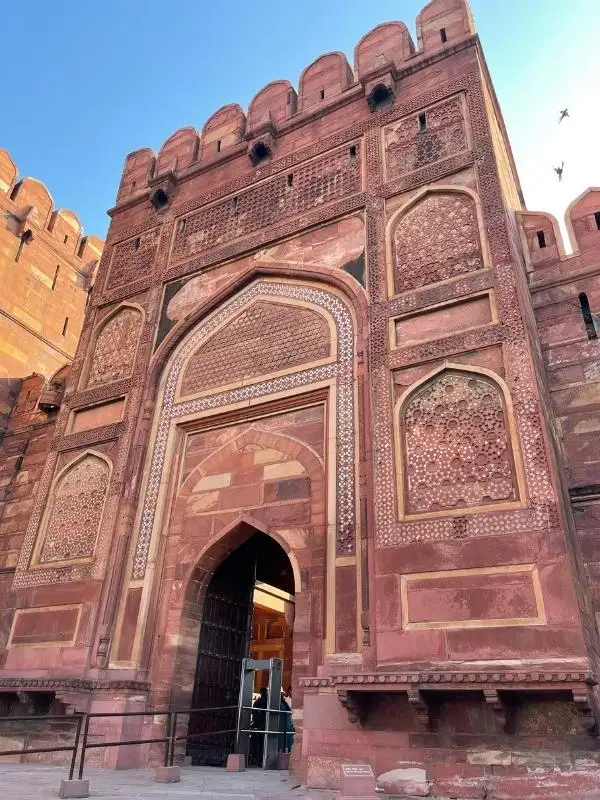
Most travellers need a visa to enter India, and the process is easy thanks to the e-Visa system.
Tips:
- Apply online at indianvisaonline.gov.in for tourist e-visas.
- Choose from a double entry 30-day visa or a multiple entry 1-year or 5-year e-visas depending on your travel plans. Note that the 1-year and 5-year visa has a maximum stay of 180 days at any one time.
- Apply at least 4 to 7 days before your trip, and print a copy to show immigration at arrival.
- Make sure your passport is valid for at least 6 months beyond your travel dates.
💡 Tip: If you are arriving into a regional destination, it’s worth double-checking your port of entry is eligible for e-visa holders (most major airports are).
2. Pack Smart (and Modestly) 🎒
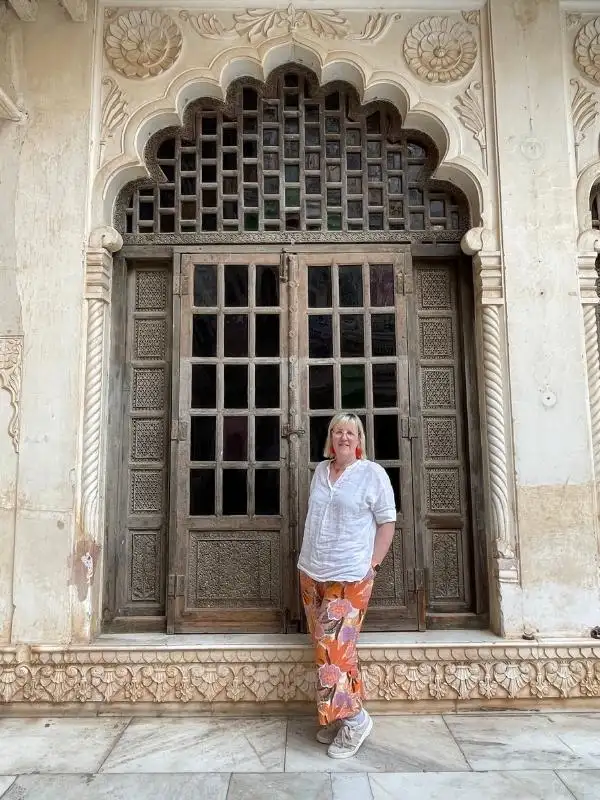


As India is a huge and diverse country with different climates, you’ll need to pack carefully if you plan to travel around the country. You’ll need clothes to suit India’s different climates, but also its different terrains and cultural expectations.
It’s important to dress modestly and respectfully wherever you go in India but especially when visiting rural areas or religious sites.
Essentials to bring:
- Lightweight, breathable clothing (natural fibres such as cotton or bamboo work best)
- A scarf or shawl (useful for covering head, shoulders and knees when visiting temples, shrines or rural areas).
- Closed-toe shoes or sandals with grip
- A lightweight rain jacket (the monsoon season varies by region)
- A comprehensive travel medicine kit (including diarrhoea remedies, rehydration salts, mosquito repellent)
💡 Tip: Indian laundries are cheap so you don’t need to overpack. I brought a few key essentials and got them laundered regularly. – it was quick, cheap and we felt fresh!
3. Be Prepared for Culture Shock (and Embrace It!) 🌍

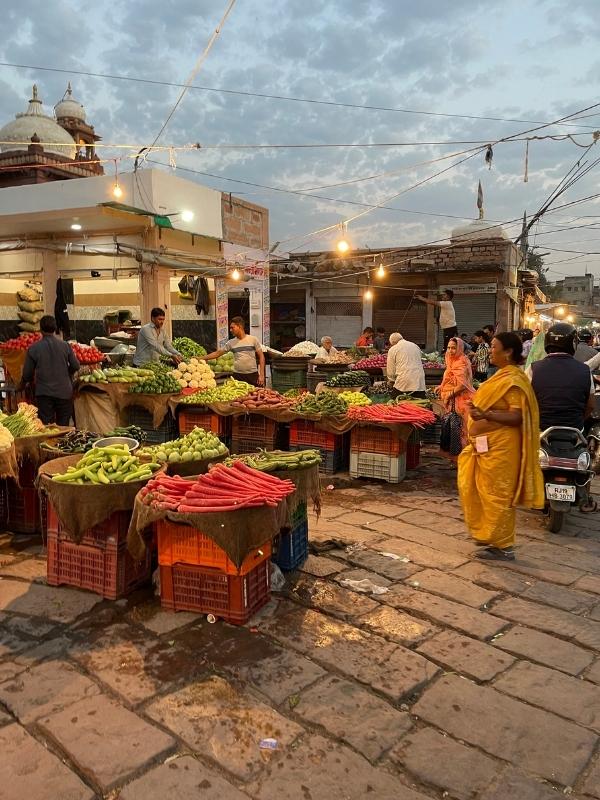

India is intense even for seasoned travellers like us and can be overwhelming. It’s important to pace yourself, plan a flexible schedule and allow yourself time to adjust and absorb your new surroundings.
Tips:
- Things often don’t go according to plan in India – don’t expect it to operate like home. Flexibility is key.
- You may get stared at, but it’s usually curiosity, not rudeness. I was constantly asked for photographs wherever I went.
- Don’t try to do too much too quickly. Allow time to adjust to India’s heat and crowds.
- Say yes to invitations, chai, and surprises (we’ve learned that they often lead to the best memories).
- Try to plan some downtime into your schedule. You’ll need it.
💡 Tip: Keep a sense of humour – it will be one of your most valuable tools for travel in India!
4. Stay Healthy: Water, Food & Hygiene 💧🍲
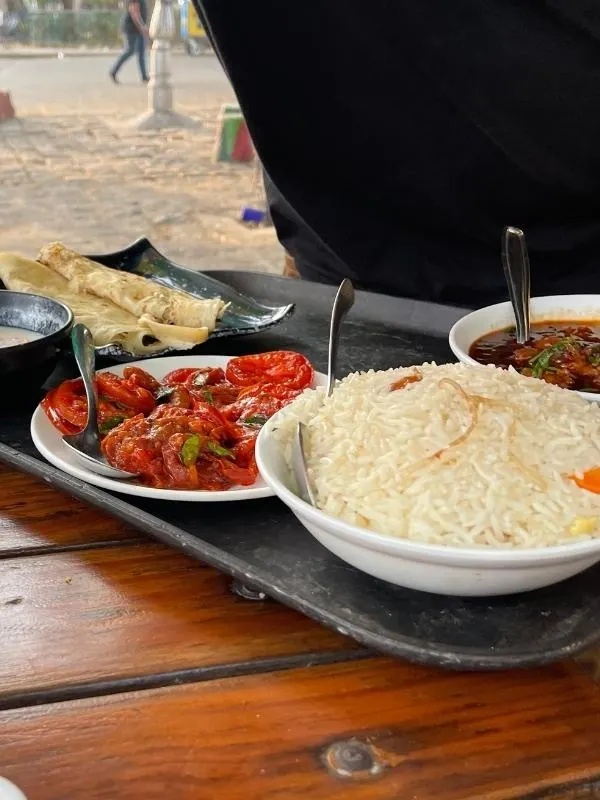

India is famous for its food and unfortunately for “Delhi belly”, which even the most careful travellers amongst us can fall victim to. However, you can greatly reduce the risk of illness with a few essential precautions.
Tips:
- Drink only bottled or filtered water. If drinking bottled water make sure the seal has not been broken. Avoid carbonated drinks made with water (such as fast food joint drinks), ice (unless made from filtered water), unwashed fruit or vegetables and salad washed in local water.
- Eat at busy restaurants or stalls. Busy places will have a high food turnover so your food is more likely to be cooked fresh.
- Wash or sanitise your hands before eating anything. Carry hand sanitiser with you whenever you go out.
- Peel fruits and avoid raw vegetables in street settings. If you can’t wash it yourself or peel it, don’t eat it.
- Remember to brush your teeth using only bottled or filtered water.
- Make sure you pack dehydration medication, just in case.
💡 Tip: Say yes to street food, but make sure it is hot and freshly cooked.
5. Travel Insurance Is Non-Negotiable 🏥

Healthcare in India varies in quality and cost. While most travellers won’t need it, having comprehensive travel insurance is a must. We always recommend getting the best policy you can.
Make sure you declare all pre-existing medical conditions and always read the small print carefully.
Good travel insurance should include:
- Medical emergencies and evacuation
- Delays or cancellations
- Theft or lost luggage
💡 Tip: Carry a digital and printed copy of your insurance policy and emergency contact details.
6. Book Trains and Internal Flights Early 🚆✈️
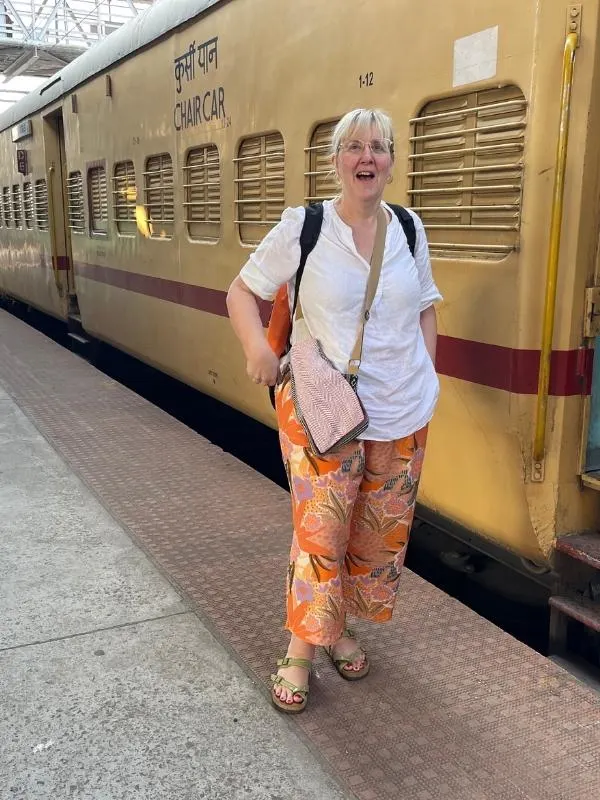

India’s rail network is one of the largest in the world and it’s a cheap and generally reliable way to see the country. Note that demand for tickets is high so book in advance where possible.
Tips:
- Book trains via irctc.co.in or through apps like 12Go.Asia or Cleartrip (flights only)
- If you’re short on time, flights between major cities are affordable and save time. Try IndiGo (India’s low-cost airline), Vistara, or Air India.
- Avoid last-minute booking for long-distance rail routes. Sleeper classes fill up fast so book well in advance of your trip.
💡 Tip: We love train travel and think that trains in India offer an authentic and different experience. Consider taking at least one overnight journey if you can.
7. Respect Religious Sites and Local Customs 🙏
India is home to many religions including Hinduism, Buddhism, Sikhism and Islam. Spirituality plays a key role in daily life.
Tips:
- Remove shoes before entering temples, mosques, and homes.
- Dress modestly and respectfully at all religious and rural sites.
- Photography may be restricted at religious sites. There tend to be signs but if in doubt, always ask.
- Don’t touch statues or offerings unless invited to do so.
💡 Tip: In some temples, non-Hindus may not be permitted inside the inner sanctum — respect the rules.
8. Learn to Say No (Firmly, Politely) 🙅♀️
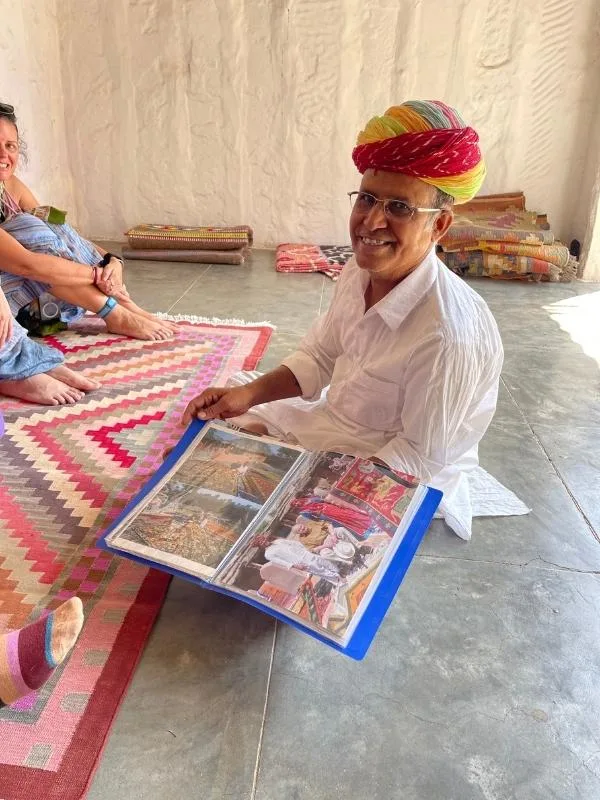

You will be approached by touts, over-eager vendors, or taxi drivers quoting inflated prices – especially in tourist hotspots.
Tips:
- Say “no, thank you” (nahi or dhanyavaad in Hindi) and walk away confidently.
- Use prepaid taxis, ride apps like Uber/Ola, or ask your hotel for a trusted service.
- Bargain at markets, but do so with a smile and always be polite.
💡 Tip: Scams targeting tourists do exist, so research common ones in advance for awareness, not fear.
9. Women Travellers: Safety & Confidence 👩🦰



India is welcoming, but solo female travellers should take a few extra precautions.
Tips:
- Dress conservatively (loose trousers and long tunics work well)
and avoid drawing attention.
- Avoid quiet, isolated areas after dark, especially in unfamiliar cities.
- Avoid using public transport at night.
- Book accommodation with recent good reviews from other solo women.
- Sit near other women or families on public transport.
- Some women travellers wear wedding rings to deter advances.
💡 Tip: Join women-only day tours or use women-only metro carriages in cities like Delhi.
10. Stay Connected with an eSIM or Local SIM Card 📶


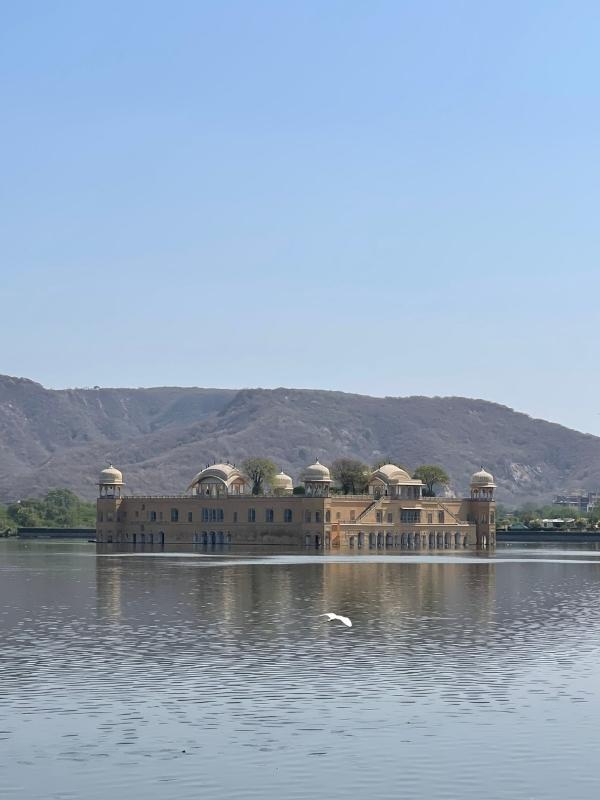
Staying connected in India is easy thanks to the growing availability of eSIMs. Whether you’re navigating with Google Maps, translating menus, or booking rides with Uber or Ola, having mobile data in India is essential.
Tips:
- eSIMs are the easiest option — purchase one online before arrival via a provider like Airalo.
- Prefer a physical SIM? Buy one at the airport on arrival (make sure you bring your passport and visa to show the retailer).
- Major providers offering extensive national coverage include Airtel, Jio, and VI (Vodafone Idea).
- Data is incredibly affordable and you can expect to pay just a few pounds or dollars for generous plans.
💡 Tip: Use apps like WhatsApp for messaging, and download Google Maps offline as a backup when signal drops in remote areas.
11. Take a Break from the Cities 🧘♂️



India’s cities are fascinating, but the noise, crowds, and traffic are intense and can feel overwhelming. Allocate time to slow down and reset in more peaceful rural locations.
Ideas for quieter locations:
- Rishikesh – the yoga capital of the world on the Ganges
- Udaipur – packed with tranquil lakes and palaces
- Kerala backwaters – stay on a houseboat on palm-lined canals
- Hampi – ancient ruins surrounded by surreal landscapes
- Coorg or Darjeeling – scenic, cooler misty hill stations with tranquil tea gardens
💡 Tip: Even a day or two away from the noise will refresh you for the next adventure.
12. Embrace the Chaos — and the Kindness 🧡



India can be chaotic, colourful and contradictory, but I found it to be deeply welcoming. The people you meet will often go out of their way to help you.
Tips:
- Don’t judge the country too quickly. Give yourself time to adjust and give India time to reveal itself.
- If something doesn’t go to plan, laugh it off and move on. Don’t stress – plan for flexibility in your schedule.
- Be open, curious, and kind and you’ll receive the same in return.
💡 Tip: India isn’t a destination, it’s a journey. Let it change you.
Final Thoughts
India will challenge you, inspire you, and open your eyes in ways you can’t predict. It’s not always an easy country to travel in, but it’s worth it.
Whether you’re watching the sun rise over the Taj Mahal, listening to temple bells echo through the Himalayas, or sharing chai with a stranger in a crowded market, I guarantee that your first visit to India won’t be your last. I’m eager to return!
Read next – Tips for first-time visitors to Vietnam
